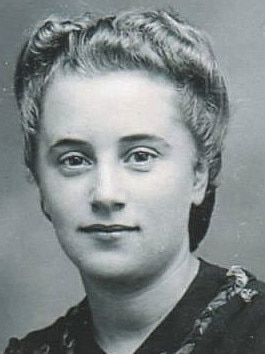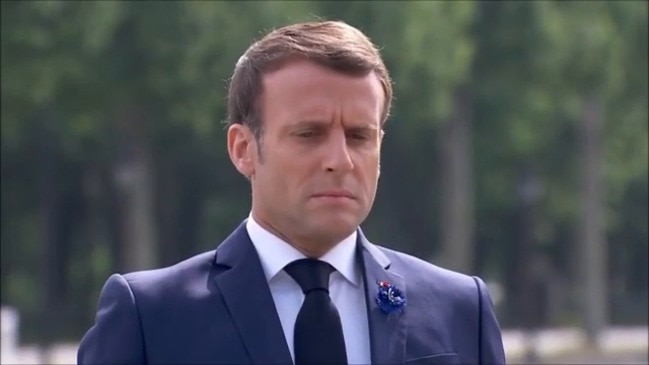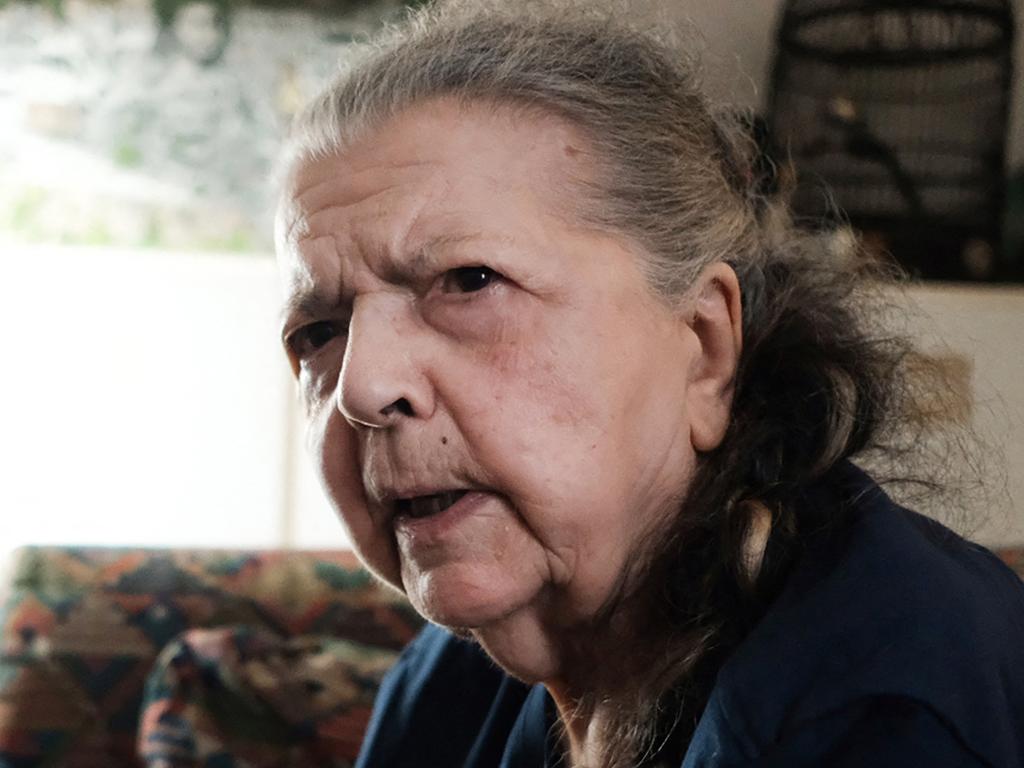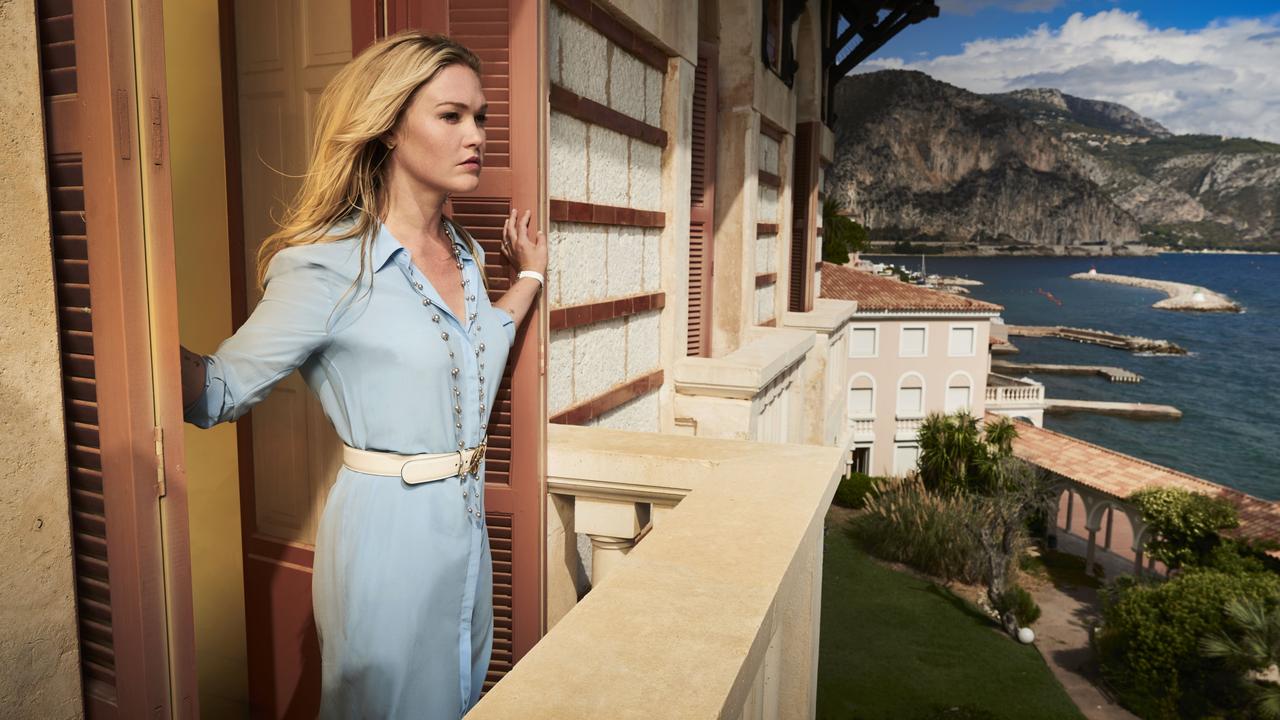Marthe Cohn: Spy slipped behind enemy lines, thwarted Nazi plans
Brave French Jewish spy Marthe Cohn, who went behind enemy lines to gather information on Nazi troop movements in the war’s final months, has died aged 105.

It would take Marthe Cohn 15 attempts to infiltrate enemy lines – not because the petite 24-year-old was ill-suited to espionage but because crossing from France into Nazi-controlled Germany during the war was dangerous. On one occasion she fell into a freezing canal when the ice cracked.
After the 14th attempt, her captain decided that Cohn should cross from Switzerland. She waited until dark and crossed the border via a country lane.
“It took me a very, very long time to overcome that fear. But, suddenly, something clicked in my brain and I remembered something which made me get up, take my little suitcase, walk on the road, walk toward a military sentinel who was coming back from the eastern edge of the field. I raised my hand, ‘Heil Hitler’. When I gave him my card, I wondered if he would recognise that the card was forged, but he gave it back to me without question.”

Cohn has died aged 105.
She was blonde, blue-eyed and a fluent German speaker: she had grown up a Jew in Lorraine, near Germany.
In 1942 her sister Stephanie, a member of the French Resistance, was arrested; she was later murdered in Auschwitz. Her fiance was tortured and shot the following year. Both tragedies pushed Cohn to sign up to the French Resistance.
“They looked at me – I was only 4ft 11in, I was very thin … and they felt I had absolutely no substance.”
Once France was liberated, she joined as a nurse and was soon asked to work covertly. “I had no idea what I was getting myself into … I did it for what Germans had done to us.”
She trained in a camp in eastern France, learning to read maps, fire guns and use morse code. She interrogated German prisoners of war and in April 1945 headed into Germany on a bike – fake papers in her pocket – to collect information on Nazi troop movements.
Cohn spent time mingling with German citizens, with whom she developed close relationships.
“I helped them any time I found the possibility to do it,” she said, “and in exchange they offered me to stay at their homes and fed me.”
She also befriended German officers, no doubt disarmed by her appearance. She travelled to the Siegfried Line, a long line of German fortifications, to discover that most of the Nazi troops had retreated from it.
She then heard on the local radio that Allied forces were approaching Freiburg, so she raced back to relay the news. She had no identity papers on her, so when the first tank arrived in the deserted town she walked into the middle of the road and made Winston Churchill’s “V for victory” sign. That evening she was the guest of honour at the Allied headquarters.
The following day she passed a fleet of German military ambulances on the road. She stopped and, visibly shaken, told them she had come from Freiburg, where she felt the German army wasn’t doing enough to protect civilians from the Allied troops.
“They told me not to worry,” she said. “And then they told me in precisely which section of the Black Forest the German army was waiting for the Allies.” Later that month the Allies bypassed the hidden Wehrmacht to enter the southwest of Germany.
It was for this action that Cohn won the Medaille militaire, one of France’s highest military honours, but for years she was silent about the role she had played in the war.

It finally came to light in 1996 when, having lived in the US for decades, she was asked for her military records to regain French citizenship. When archive officials saw her file they urged her to apply. In 2004 she was made a Knight of the Legion of Honour, the country’s highest order of merit.
After her sister was arrested in 1942 Cohn escaped to the Vichy-controlled free zone, using fake documents, and headed to Marseilles to train as a nurse for the Red Cross. After the war she worked for the French military and in 1946 transferred to Vietnam, then part of French Indochina.
While studying in Geneva in 1953 she met an American medical student, Major Lloyd Cohn, and they married and moved to the US.
After receiving her various accolades Cohn began giving talks across the world, more than 1000 in total. “Suddenly, our roles changed. We have a second life,” recalled her husband, who survives her with two sons, Stephan and Benjamin.
The Times







To join the conversation, please log in. Don't have an account? Register
Join the conversation, you are commenting as Logout